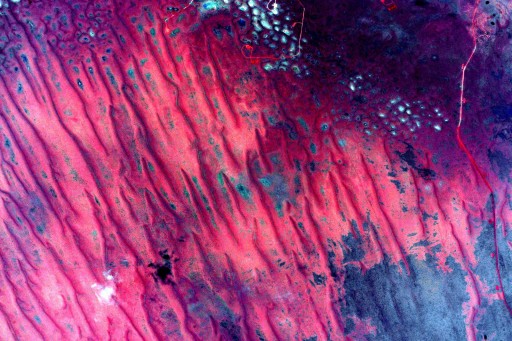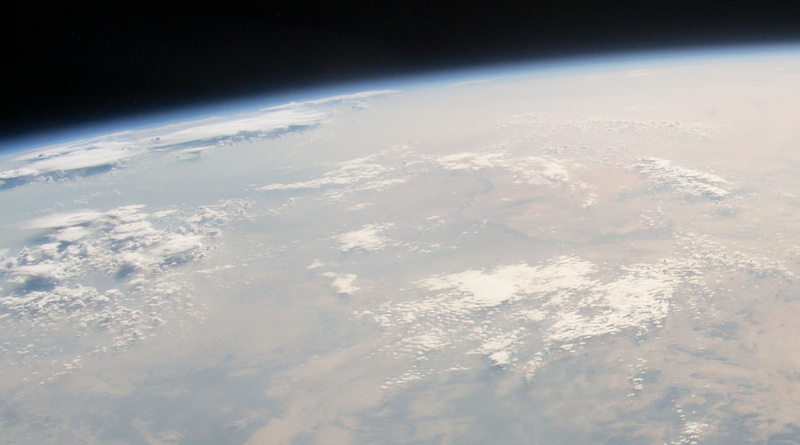ISS Operations Update – October 26, 2015

Experiments:
Plasma Kristall-4 [The PK-4 payload set up in the Columbus European Physiology Module Rack and examines low temperature gas mixtures comprised of ionized gases, neutral gas and micron-scale particles. The micro-patricles become charged in the plasma and undergo interactions with each other leading to a self-organized structure known as plasma crystals.]
Microbiome Sample Collection [The study will investigate the impact of long duration space flight on both, the human immune system and an individual’s microbiome. The microbiome is the totality of microbes that live in and on the human body at any given time and influence human physiology. Some consider the microbiome to be a “newly discovered organ” due to its importance for human physiology. In fact, there are about 10 times more microbial cells than human cells in and on the human body, but the microbiome only accounts for about 200 grams.]
Fine Motor Skills [Fine Motor Skills uses a tablet touchscreen application to monitor degradation in fine motor abilities over the course of an extended exposure to microgravity. A drop in fine motor skills can lead to problems when crew members are tasked with medical treatment, repairing sensitive equipment and interacting with touch-based equipment. Tests utilized by this study include multidirectional pointing, dragging, shape tracing, and object manipulation to create a knowledgebase that will allow scientists to evaluate the risk of fine motor performance decrements due to long-duration exposure to microgravity.]
Journals [Electronic journals will be kept by the crew members to allow psychologists to study behavioral issues that are associated with the isolation and confinement over long-duration space missions. Journals from 6-month ISS mission have amounted to a total of 1,100 written pages, but no data beyond those six months is available making this an interesting opportunity to study the impact of isolation in the confinements of ISS over a longer period.]
Sleep ISS-12 [The ISS-12 experiment monitors the ambient light exposure and crew member activity and collects data on the subjective evaluation of sleep and alertness. Ambient light and activity are monitored via a wrist-worn actiwatch that delivers actiwatch spectrums that are put through bio-mathematical models of sleep and light to predict circadian phase. Sleep logs will be kept by crew members as a subjective assessment of sleep quality and duration. It is hoped that this investigation can deliver requirements for lighting, sleep-shifting protocols and workloads for future space exploration missions.]
MORZE. Measuring Bioimpedance Using SPRUT-2
Maintenance/Systems:
Nominal Inspections/Servicing Tasks (Morning Inspection, Caution & Warning Panel Check, Sozh System Maintenance) (Russian Crew)
NanoRack Cubesat Deployer: Removal from Kibo Airlock Slide Table, re-installation of Lamp Housing Assembly
Fluids Control and Pump Assembly (FCPA) Removal and Replacement after Urine Processing Assembly Fault indication
ARED Flywheel Cylinder Evacuation
Other Activities:
EVA Preparations: Pre-EVA Health Assessments, Review of Translation Paths and checklists. Checkout of Simplified Aid for EVA Rescue (SAFER) System.
Iridium Phone Charging in Soyuz

